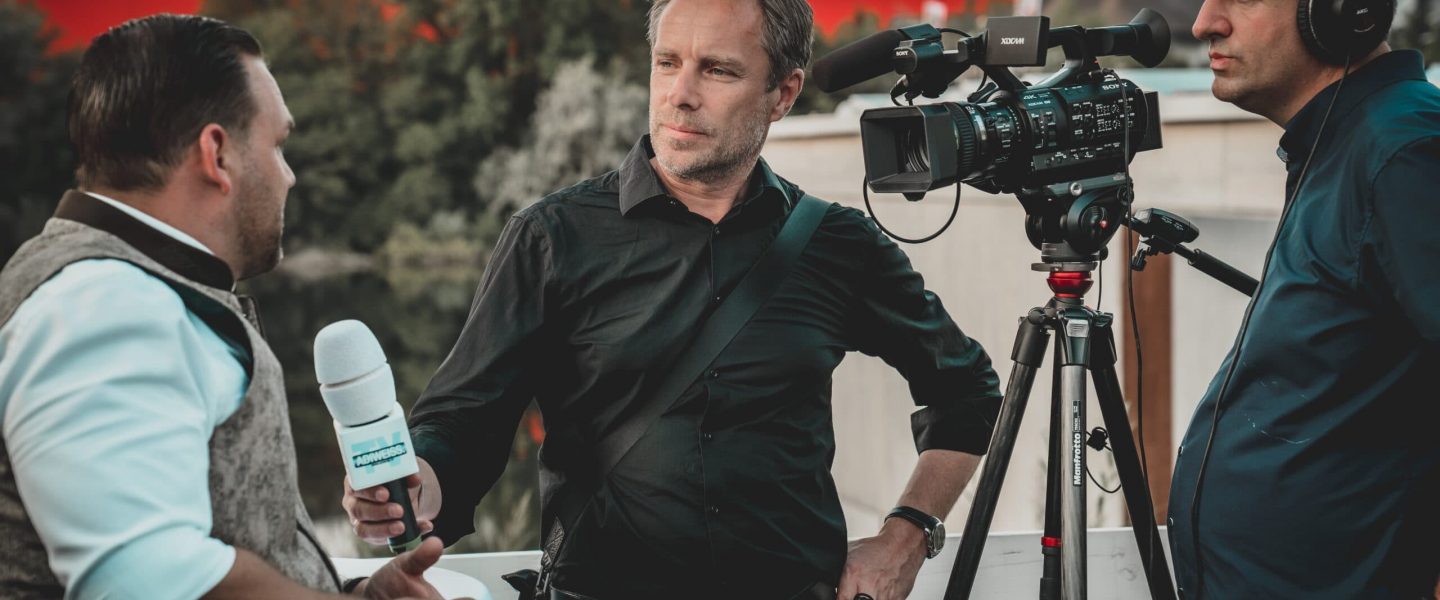To understand what is required of a modern graduate of the Faculty of Journalism, it is enough to look into two documents – the educational and professional standards. To find out the opinion of the professional community, you can interview its representatives. Still, the answer is known in advance – you need the graduate to know history and literature, and professionals will teach the rest.
But if we want to understand what is expected of a future journalist, we need to analyze the logic of changes in the profession itself. We looked at the grounds of industry reports – the future is in the hands of those who think about it.
Digital technology
The International Journalists Network study provides data from a survey of 2,700 journalists in 130 countries on whether journalism keeps pace with the digital revolution. It turned out that news services have not yet overcome the technological gap; too few IT specialists still work here.
Technical competencies involve not just being able to work with new programs (after all, they are constantly changing), but a general understanding of how the digital world works – where information is stored, how it is encrypted, where leaks can occur, how to recognize fake, how algorithms work (however, the work of neural networks is already a kind of mystery for their own creators).
Sad statistics of the IJNet study show that more than half of journalists (54%) and news services (52%) do not provide security measures for their means of communication.
If we talk about the speed of accepting digital changes in the industry, it is low. It is enough to look at the forecasts of the Poynter Institute for 2014, where leading media experts talk about the importance of technology and multimedia skills to understand that they are still relevant.
Memorize and retell
It’s not about learning Homer’s Iliad, although such a skill would greatly help at any time. The future journalist is guided by the flows of various information and can build a whole picture from them. Moreover, such a person will be able to dose information depending on the platform and retell large amounts of facts when the audience is not ready to immerse themselves in extended reading.
The authors of medical research are already sounding the alarm – people lose the line between their memory and distributed memory of the Internet, leaving responsibility for the accuracy of data on search engines. There is no motivation to memorize details if they can be restored using “digital traces”. So, the advantage of a journalist can be a return to the good old skill – the retelling of the “Iliad” on the city square.
Rethinking the concept of creativity
Changes occur not only with human memory and the nature of consumption, but also with the perception of what is original, creative, related to art. In its study, Google determined that communication, community, and co-creation are the most important concepts for young people. Social platforms actively meet these searches, offering a comfortable environment for self-realization. At the same time, journalists behave as if the monopoly on creativity still belongs to professional figures of art and journalism.
It does not matter to the audience whether the media product corresponds to a certain genre and how much work the author spent on its production. What emotions it awakened – that’s what matters. So far, journalism is limited to classic formats and has only touched augmented reality technologies with one finger. See how quickly longreads became everyday life, and the cost of their production decreased to zero. Anyone who masters Tilda can publish good stories in several hours. But what’s behind the horizon? What will be the new forms of creativity? You can visit contemporary art exhibitions for inspiration.

Technologies for working with emotions
Passion for the development of emotional intelligence is certainly not new. But since the impact on emotions has become one of the main tasks of modern media, journalists cannot help but think about how to work with them competently. The problem of trust and understanding is key to modern journalism. But in the future, these issues will become even more acute. How to establish an understanding between a journalist and an audience, between the state and the audience, between the audience and the rest of society? These problematic tasks are also solved at an individual level.
Again, you can’t fall out of the field of technological progress. The task of recognizing emotions is considered one of the most critical challenges set to AI. The audience’s line of “likes”/”dislikes” will expand to a more detailed spectrum in the future. And who knows, perhaps there will be media for bored people at work, for those sad for no reason, or for people satisfied with themselves on Mondays.
